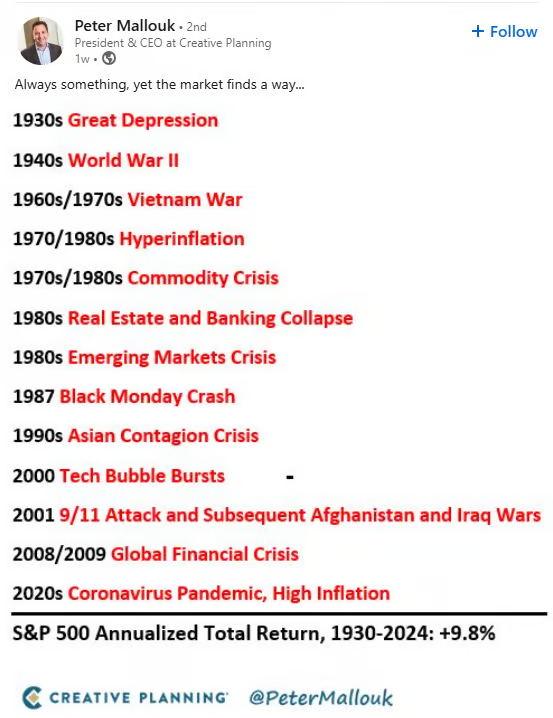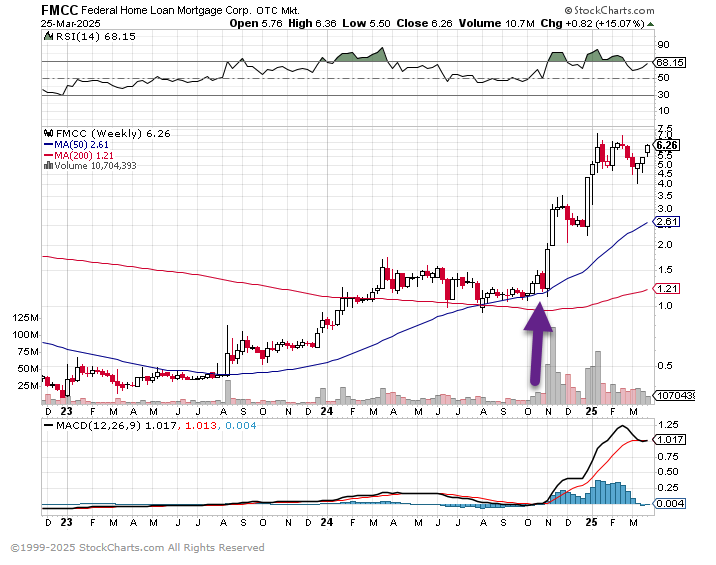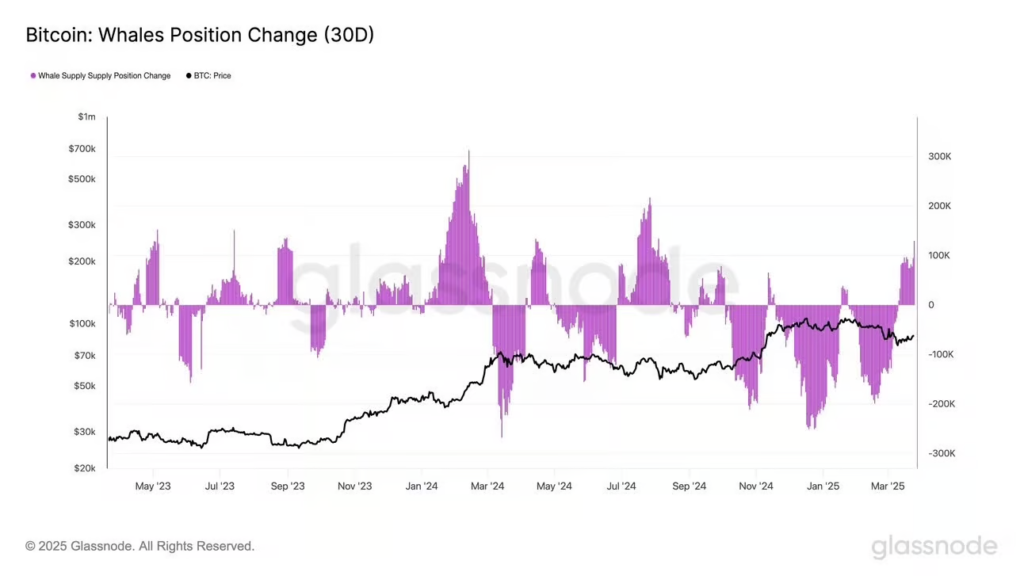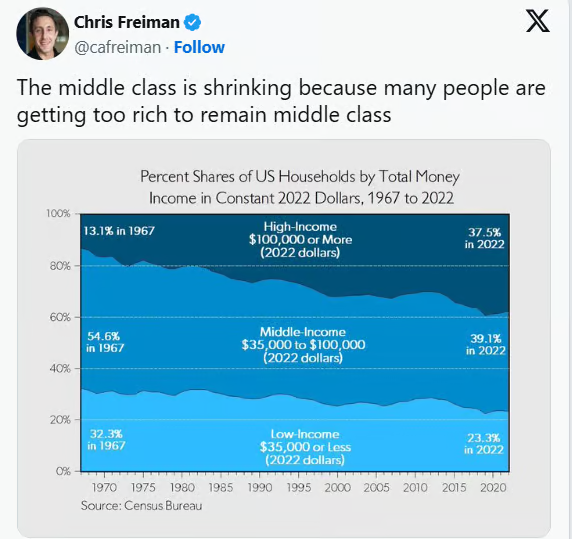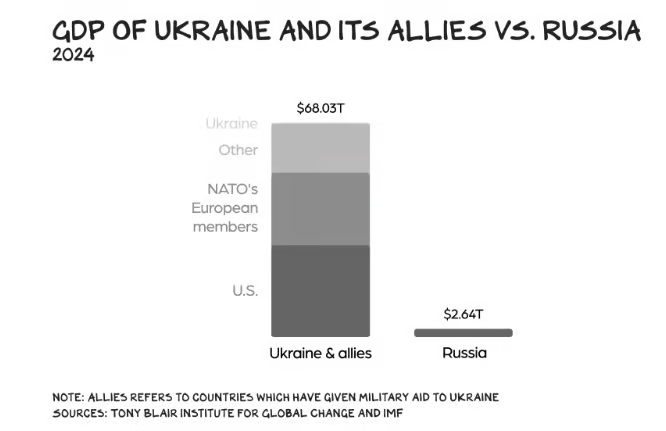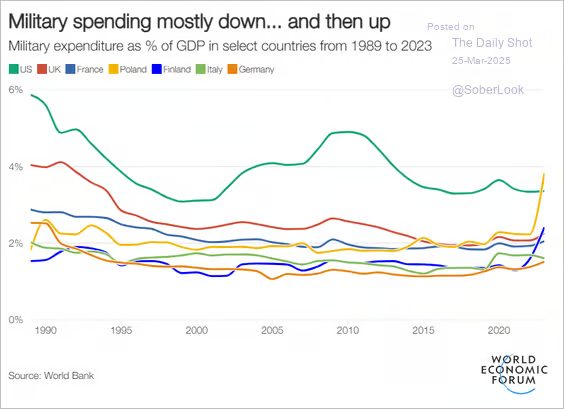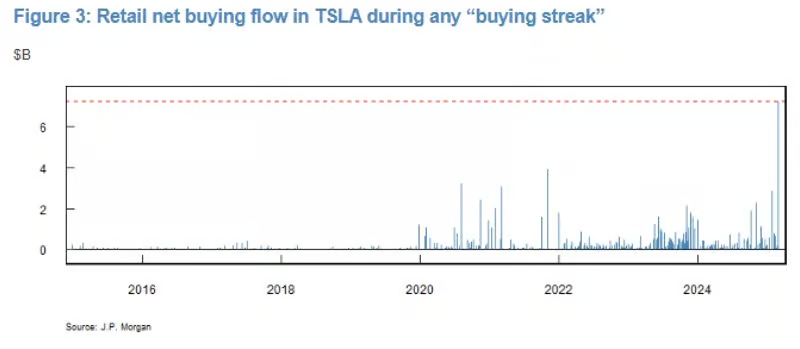1. U.S. Stock Investors Bought a Record Amount of American Stock ETFs in Q1
Equity ETF flows. “US-focused ETF inflows have obliterated any other Q1 with +$137b, which is 85% of all flows. Ex-US ETF haul as actually been below avg. While headlines, HFs talk ‘exiting’ the US, ETF investors are on a buying spree for better or worse.”
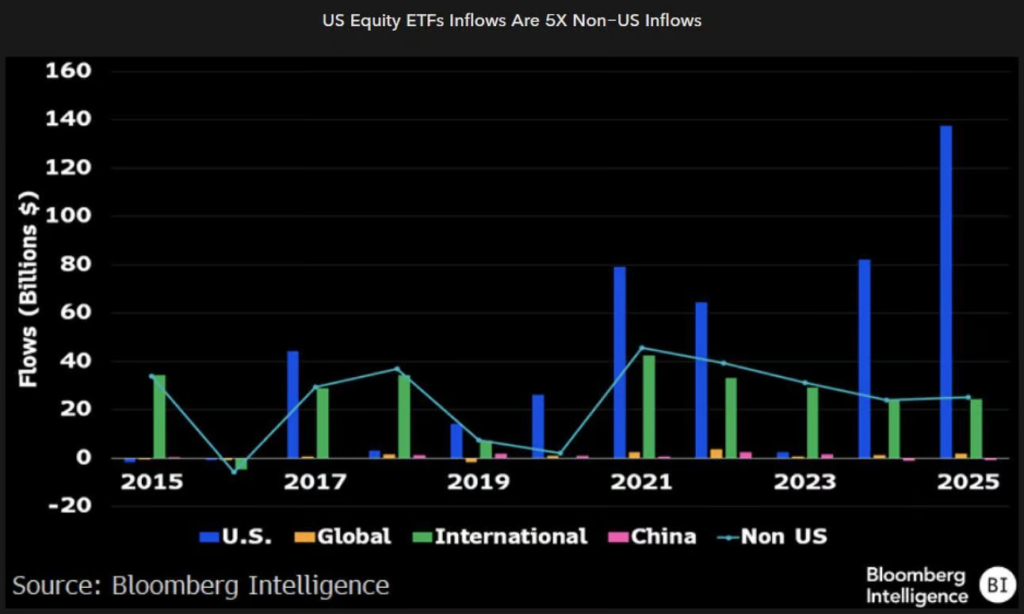
Daily Chartbook
2. Tech ETF XLK at Key Levels. Back to Early March Lows…50-Day Touching 200-Day to Downside
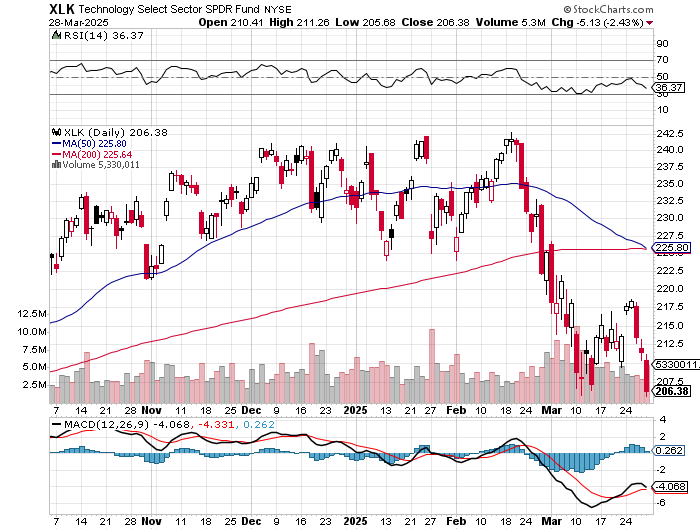
StockCharts
3. KWEB Chinese Tech vs. XLK U.S. Tech…Big Reversal in 2025
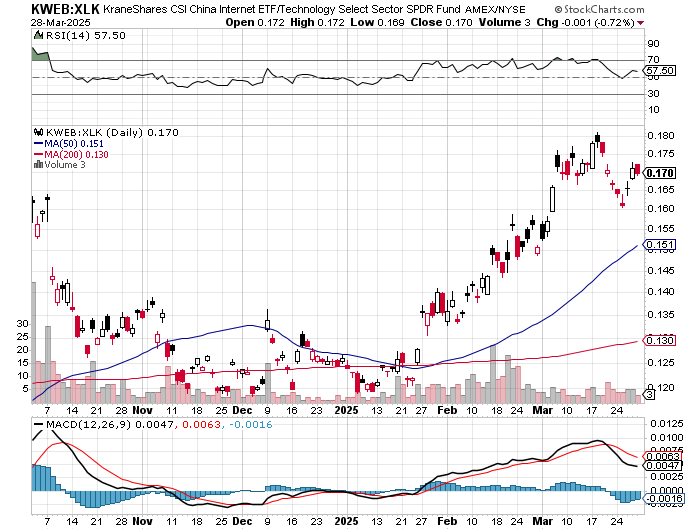
StockCharts
4. History of Weak Q1 Tech Stocks
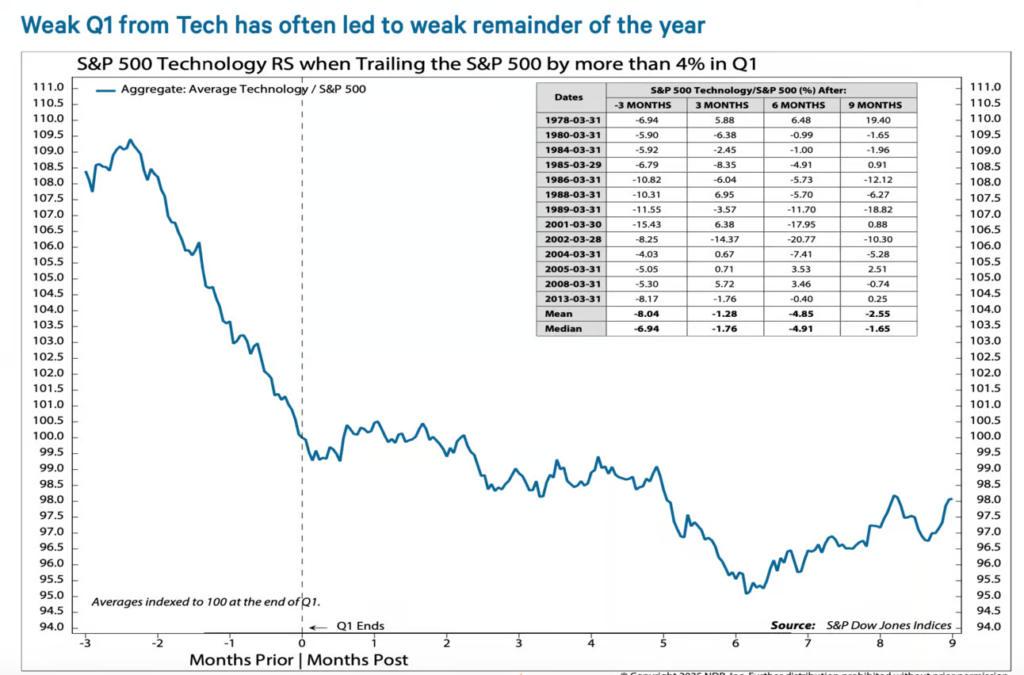
NDR
5. Sign of Slowing Speculation…Gamestop Bitcoin Reserve Announcement…Stock Down
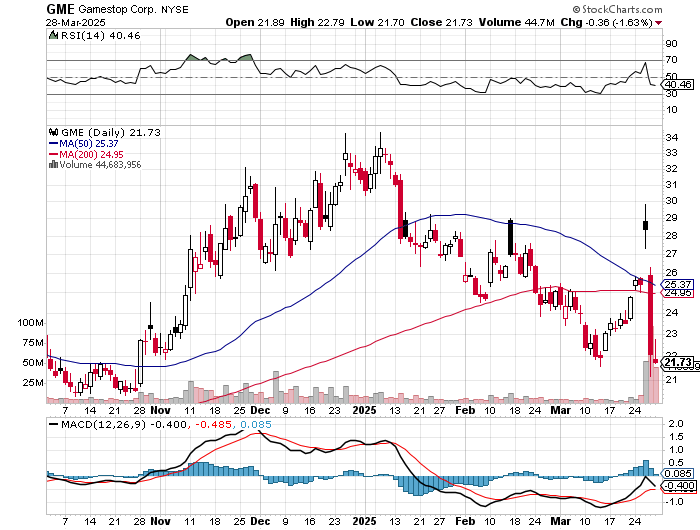
StockCharts
6. Bitcoin 5 Lower Highs…Holding Above 200-Day

StockCharts
7. Europe Rally….Euro Small Caps Still Below 2024 Highs

StockCharts
8. Metals Outperformance Over S&P One-Year

Bespoke
9. Corporate Large Caps Buy Up Venture Start Ups
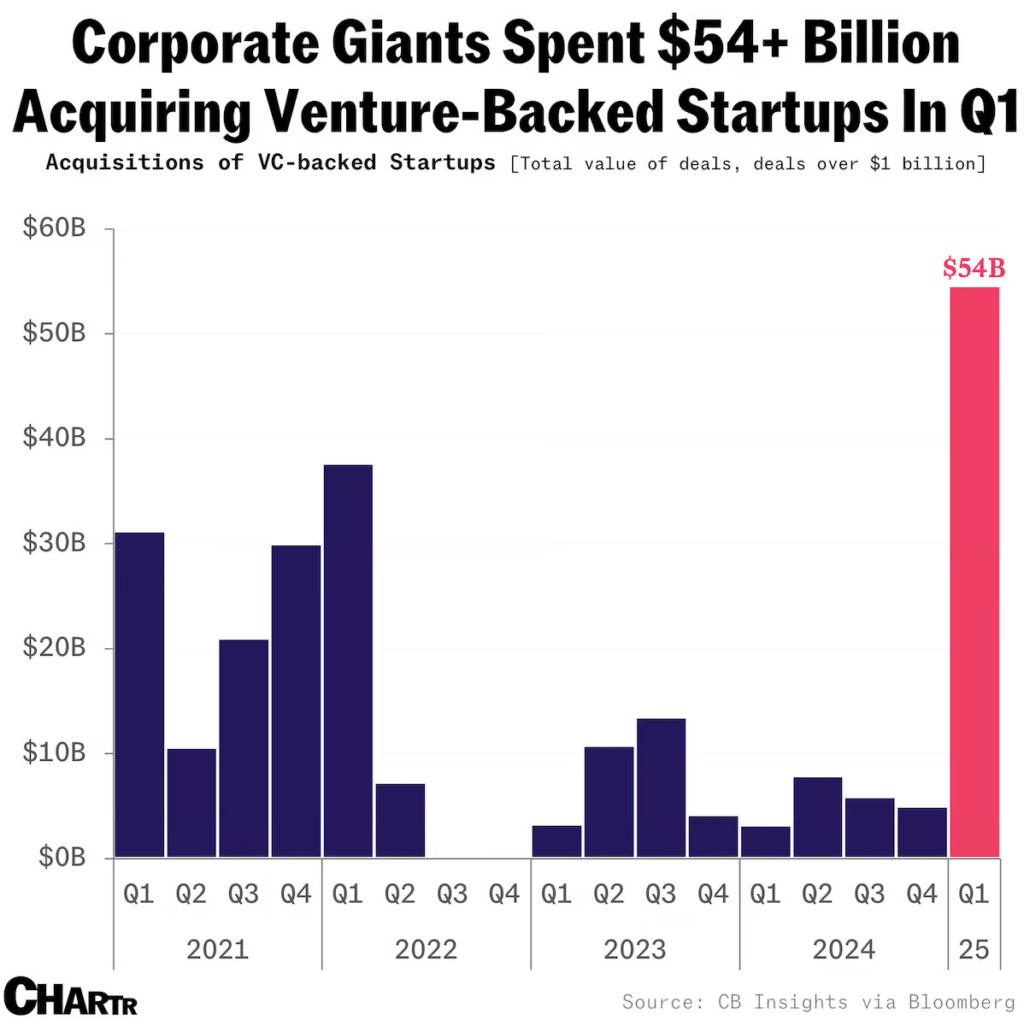
Sherwood
10. The Keys to Happiness, According to the World Happiness Report
Via Psychology Today: A lot of research on happiness and subjective well-being has been done over the last fifty years or so. It seems like everyone wants to determine the exact formula for joy. While there is never going to be a specific prescription for attaining happiness, there are some important findings that can be guidelines for us. Here are five prerequisites for experiencing happiness in life:
Human beings need relationships to enjoy optimum well-being and happiness. This is a simple truth: We are born with a strong drive to establish connections with others. While many of us think that we will be happy when we find “true love,” or whatever we feel approximates that, it is not generlly romantic relationships that provide what we require for happiness. Simply having good friends who encourage and support you will contribute just as much to your overall feelings of happiness and contentment.
Being kind to others is essential to finding a sense of personal happiness. Our human brains are wired so that we feel joy when we behave in altruistic ways. Just making plans to do something nice for others – whether it’s throwing a party for a friend, volunteering for a worthy cause, or planning a monetary donation – will give you a boost and generate a sense of satisfaction and well-being.
Acknowledging the abundance of your own life, no matter how austere or extravagant it might be, and experiencing gratitude for people, experiences, and things also positively contribute to a sense of well-being. When people focus on scarcity or what is lacking, negative emotions bubble up, like envy, discontent, and resentment.
Finding a sense of meaning and purpose in your pursuits in life is necessary for contentment and happiness. Believing that you are contributing to something beyond yourself and being a part of something larger than your individual existence are also necessary to experience a feeling of peace that is a part of happiness.
Making healthy lifestyle choices in terms of your basic needs – sleep, nutrition, and exercise – also contributes to your happiness in life. Studies show that regular exercise – even just a daily walk – is highly effective in reducing depression. Contemplative activities, such as yoga, meditation, and reflection, have also been proven to reduce stress and promote well-being. And while many people think a good night’s sleep is “optional,” research shows that poor sleeping habits lead to greater stress, increased risk for cardiovascular illness, and even weight gain.
